Balayage vs. Highlights vs. Ombre? Which one should you get? Do they suit dark hair? Find it all here!
Embarking on a hair color transformation can be thrilling, but with so many techniques available, choosing the right one for your desired look can be overwhelming.
Balayage, highlights, and ombre are three of the most popular coloring methods, each offering a distinct effect and level of maintenance.
At Hair Everyday, we're here to break down these trendy techniques, helping you understand the nuances of each so you can make an informed decision.
Whether you're seeking a natural sun-kissed glow, traditional dimension, or a bold gradient transition, we'll explore the artistry behind balayage, highlights, and ombre. Prepare to discover which style aligns with your personal taste and lifestyle as we delve into the world of modern hair color.
Related: Best Lightener For Balayage
Related: Best Ombre Hair Dye
Related: What Shampoo To Use On Balayage Hair
What is the difference between a balayage, highlight and ombre dye on hair?
Balayage is a freehand hair coloring technique that creates a soft, natural blend of lightened hair with no harsh lines, mimicking the effect of sun-kissed highlights. Traditional highlights involve sectioning and coloring strands of hair, typically using foils, to create defined lightened areas throughout the hair. Ombre is a gradient coloring style that transitions from darker roots to lighter ends, with a more noticeable shift in color than balayage. Each technique offers a different level of contrast, blending, and maintenance.
Balayage vs. Highlights vs. Ombre
What is the balayage hair coloring technique?

The word “Balayage” originates from the French word “balayer” which means “to sweep”. Well, sweep what, you may ask?
In the case of coloring of hair, balayage means that color is swept over the hair by the hair stylist, just like a free-hand painting.
So in short, your hair becomes the canvas of the hair stylist who will paint on it. The hair stylist will free-hand apply the color, but away from the roots, starting lighter while the color slowly darkens as it goes along the hair to the bottom.
So this means that the final look, or the appearance of your hair as the final result, will be more natural. It will make the hair look more brighter and radiant.
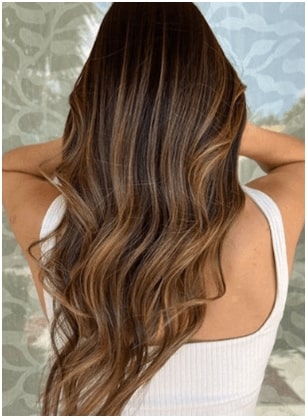
Balayage is more of a surface level application, so the color is mainly on the surface of the hair, while the inner layers of the hair remain darker or whatever the base color is.
This type of hair coloring looks best on those with medium to longer hair lengths as the surface area the stylist gets to work on, is more, revealing the balayage well.
So if you are looking to add depth in your hair then this technique will be the perfect one for you.
Reverse Balayage vs. Balayage
If the word reverse balayage is new to you, then here’s what you need to know about it. Reverse balayage is a technique that is similar to balayage, but adds darker shades of color on lighter hair, giving the hair more dimension.
What are highlights for hair?
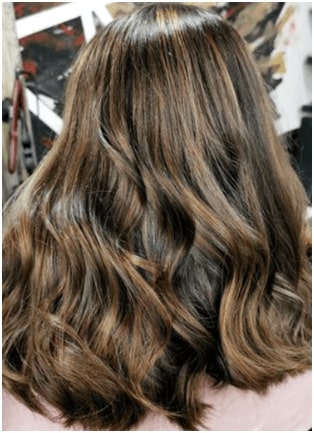
Highlighting is a hair coloring technique that has been around since a while now.
These highlights involve just certain portions of the hair being “highlighted”, which means they are colored differently so they stand out as compared to the base color of the person’s hair.
The hair stylist will use foil to section the hair, by wrapping up each section to be highlighted.
These highlighted sections of hair will be colored in shades lighter than the person’s base hair color.
The reason why foil is used when your hair is being highlighted is because the foil will give the hair stylist better control over the sections of hair they are coloring.
Also, this technique helps avoid discoloration of the hair which isn’t going to be highlighted. The foil creates sufficient heat within, so that the dyeing effects are better and more effective.
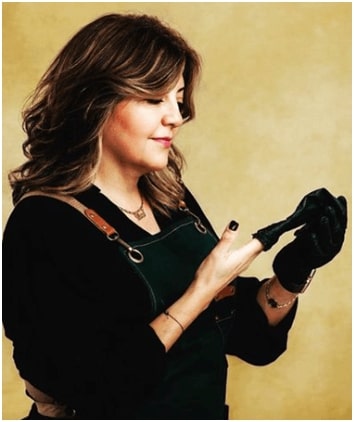
So the balayage technique of hair coloring is presently considered as one type of highlighting technique too, but this technique gives the hair more of a natural look, as compared to highlights.
It is important to note that highlights are done right from the roots, to the tip of the hair. So this can be a noticeable difference as compared to the balayage hair coloring technique.
Lowlights vs. Highlights
Well, similar to balayage and reverse balayage, we have highlights and lowlights.
Lowlights are opposite to the highlighting technique of hair. Lowlights involve sections of the hair being colored darker than the person’s base hair color.
So those who are looking to make their hair look more voluminous, getting lowlights are perfect for you
What is the ombre hair coloring technique?
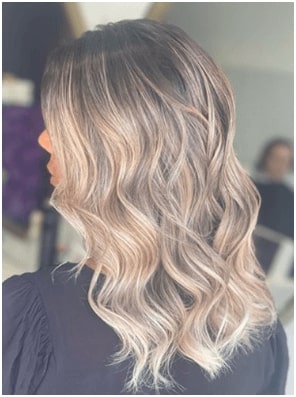
Ombre is another technique of hair coloring that is relatively new but has become quite popular among the people.
The reason it’s quite popular is because this hair coloring technique makes the added hair color stand out.
This is because the color is added only to the bottom half of the hair (usually lighter than the shade at the top), while the top half of the hair remains the same base color.
So the color contrast or transition between colors is very evident.
Similar to the word balayage, even the word “Ombre” comes from the French word “ombrager” that refers to shading, in this case, the shading of hair.
That’s why once the hair has been colored; there is a stark difference in the hair shades at the top and bottom of the hair.
Again, this ombre technique of hair coloring will suit people with longer hair lengths better, so that the shades are more evident and noticeable.
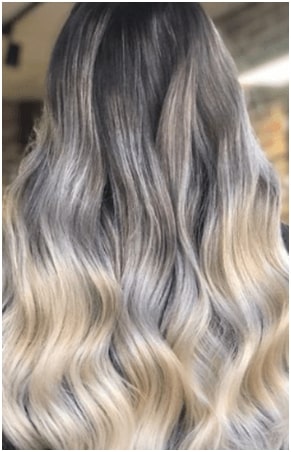
Subtle or Soft Ombre (Sombre)
If you like the way the ombre highlights are created on your hair, but do not like the stark difference in the color, then you could go in for the soft ombre look.
The highlights at the bottom of the hair will be more subtle and give the hair a more natural look.
What should I consider before I choose a hair coloring technique?
If you are a rookie in getting your hair colored, there are a few important things to keep in mind before getting it done.
Your hair health: This is very essential to note because any form of hair coloring involves using a certain amount of bleach (most often than not) and of course, hair dye. Bleach and hair dye can be very damaging to the hair and therefore, your hair has to be healthy before it's colored.
After-care: Since the hair goes through a certain amount of damage when it’s bleached and dyed, remember to deep condition and keep your hair well moisturized once your hair is colored so as to rejuvenate the hair.
Touch-ups and maintenance: Highlights will require root and color touch ups, while the other techniques of hair color will require only color touch ups because the color may fade over time and it will need to be refreshed. This is an important maintenance technique.
Seek professional assistance: This is for those who wish to color their hair at home and if you’re coloring your hair for the first time, remember to read the instructions on the box properly before coloring your hair.
If you are vary of the process, seek the help of a professional, so you do not ruin your hair due to any amateur mistake.
Frequently Asked Questions (FAQs) about balayage, ombre and highlights
1. Is balayage easy to maintain?
So this saves the trouble of getting frequent touch ups, which otherwise is required to be done in order for the new hair growth at the roots not be made obvious.
2. Do you require to bleach your hair for getting a balayage?
But most often, hair stylists do use bleach to get a balayage done.
3. Are highlights hard to maintain?
So you would require touch ups from time to time, maybe once in a few months, to refresh the color and touch up the roots.
I’d say it is definitely harder to maintain than getting a balayage or an ombre hairstyle.
4. Is an ombre hairstyle high or low maintenance?
Also, the coloring isn’t done at the roots, which means it requires no touch ups even when your hair grows out.
Summary on Balayage, Highlights and Ombre Hair Coloring
Well ladies, if you want to get on the trending train and get your hair colored, choosing between getting a balayage, an ombre or just highlights can be a tough choice to make.
So I’d recommend you give a few things a thought before you decide on which hair coloring technique you want to use.
While highlights can be got on any hair length, a balayage and an ombre hairstyle will look better on medium to longer hair lengths.
Also, if you wish to skip the whole touch ups process, then choosing an ombre or a balayage would suit you better.
All you got to do is just decide on what exactly you are looking for when you color your hair and then make your choice.
Also Read:

